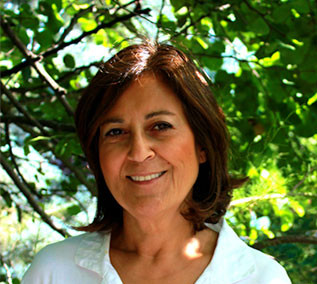Kindness is a man’s memorial
For the years after the burial.
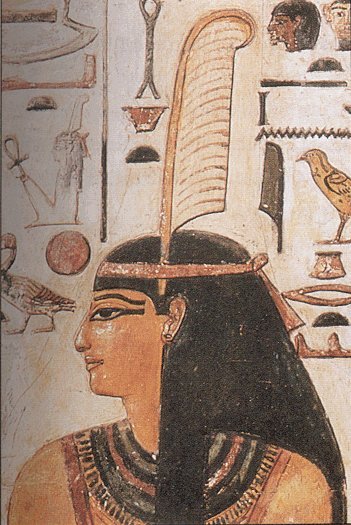
Ancient Egyptians (3100 BC) believed in the immortality of the soul, and in life after death.
The journey of the soul to the other world and the scenes of divine judgement are colorfully illustrated on the Papyrus of Ani (1250 BC). The hieroglyphs highlight the deeply seated knowledge of ancient Egyptians and their strong belief in the divine order of creation which they name – Maat. It governs the entire universe in an immutable unity : nature, state, society, the individual and all forms of existence are seen as parts of the universal order created by Maat.
Any disturbances in cosmic harmony or violations in the order of Maat can produce adverse consequences for the individual as well as the society and the state. For example, an impious king can bring forth famine, or corruption can give way to a plague. The negative force opposing Maat is Isfet, who induces chaos, theft, lies, and violence among the people and the country.
The principles of governance are truth, balance, morality, and justice which are personified in the goddess of Maat.
Upon death, the person’s soul is transported into the underworld where he is judged based on the good deeds and wrongdoings committed during his life. After passing the seven gates, he reaches the hall of final judgment where the 42 judges of Maat are seated. They listen to his confessions and evaluate the virtues he attained during his life on earth.
Examples of confessions found on the Papyrus of Ani :
- I have not stolen.
- I have not told lies.
- I have not transgressed.
- I have not cursed.
- I have not confounded the truth.
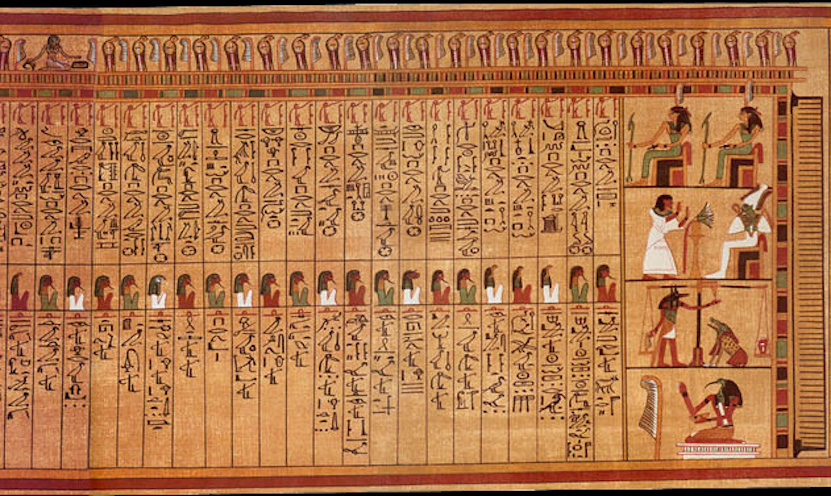
The final judgement is executed by weighing the heart of the person on the scale against the feather of Maat. The feather symbolizes what is “right”. The heart represents the soul for they believed that the soul resides in the heart. Thereupon, the heart’s weight on the scale of righteousness determines the eternal destiny of the soul.
If the heart weighs equal or less than the feather, the soul of the dead is saved in afterlife and merits immortality in the presence of Osiris, the god of afterlife and resurrection.
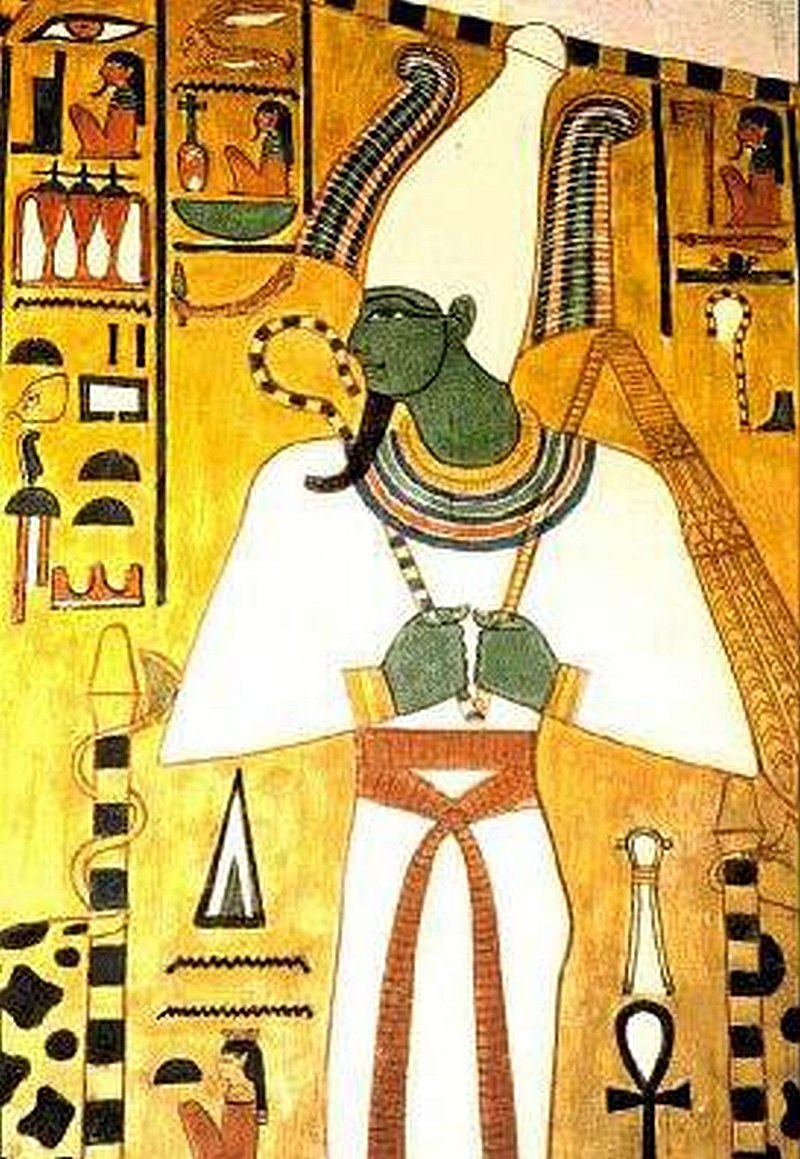
If the heart weighs heavier than the feather, the soul is condemned to be devoured by part-crocodile, part-hippopotamus greedy animals.
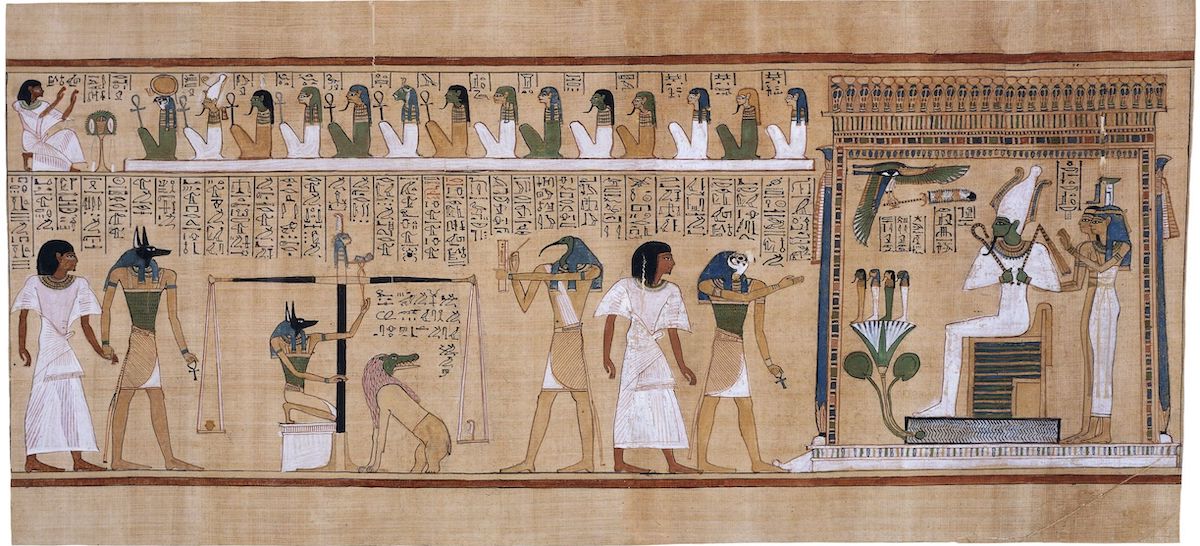
The verses below translated from the Papyrus of Ani convey the wisdom of Maat :
Maat is good and its worth is lasting.
It has not been disturbed since the day of its creator,
Whereas he who transgresses its orders is punished.
It lies as a path in front of him who knows nothing,
Wrongdoing has never yet brought any venture to port.
It is true that evil may gain wealth but the strength of truth is that it lasts.
Duygu Bruce



